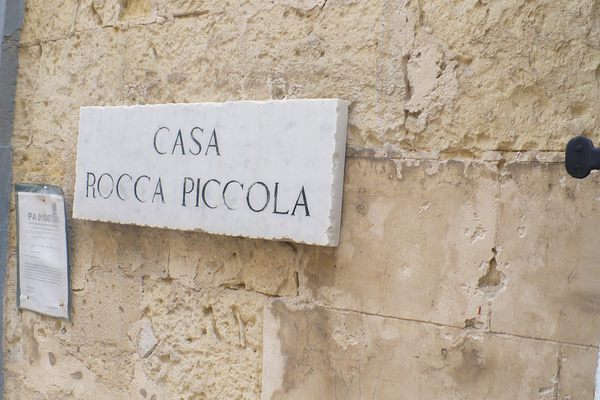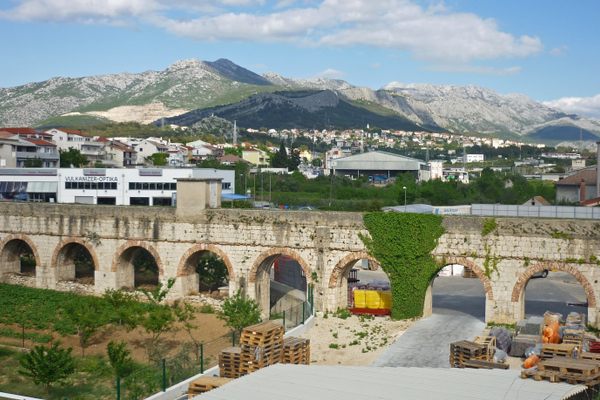AO Edited
Roman Baths of Sliema
Despite the name, these small saltwater swimming pools have nothing to do with the Romans.
The shoreline of much of the island of Malta is rather rocky, so it could be difficult or even dangerous to go swimming in many places. However, the shore of the urban area of Sliema (which is located just northwest of the nation’s capital, Valletta) features a series of pools cut into the rock with narrow channels or underwater channels connecting the pools to the sea.
Most of these pools are square in shape and are only a couple of meters wide, but some are a bit larger or have rounded walls. These pools are called Roman Baths, but they have nothing to do with the Romans. Instead, they appear to have their origins in the late 19th century, when Malta was a colony of the United Kingdom.
At the time, seaside bathing was becoming fashionable among upper-class individuals. Although the details are unclear, it seems like some wealthy Victorian people with nearby residences had pools carved out of the limestone rock for their personal use. The pools were relatively shallow to make them safe for swimming, and steps were often carved into one side so that people could climb in and out easily. As a heavy emphasis was placed on not revealing the human figure (especially the female figure) at the time, the pools were originally covered with blankets or wooden structures for privacy.
Over time, however, the superstructures over the pools were dismantled, and members of the general public were allowed to use the pools. Today, the Roman baths are a quirky yet popular feature of the Sliema coastline and are still used by locals who want a quick dip in the ocean.
Know Before You Go
Several different sets of Roman baths are located along the north Sliema shoreline, but the largest collection of these pools can be found near Tower Road close to the Surfside restaurant/bar (or near the intersection of Tower Road with Sir Luigi Camilleri), although a few more Roman baths can be found further to the east. The beach is open at all times of day. However, the beach is generally only accessible by stairs, and the rocky terrain is quite uneven, so it may be difficult for people with limited mobility to access the baths.
People going swimming in the Roman baths may want to take the weather and surf conditions into consideration before getting into the pools, especially since waves can potentially crest the pools’ walls and since the pools have no lifeguards monitoring them. Having said that, the pools can be quite easy to swim in, even for novice swimmers and children, when the ocean is calm. Also keep in mind that sea creatures can get into and will swim around inside the pools.
The Sliema shoreline is easily accessed on foot from other parts of Sliema and by bus from other locations on the island. Additionally, visitors in Valletta can take the ferry across the harbor to Sliema and then walk across the peninsula to the baths. Drivers can park at multiple locations within a 15 minute walk of the pools.
A few other Roman baths are located in other locations around the island of Malta. However, Sliema still has, by far, the largest number of Roman baths of any location on Malta.
















Follow us on Twitter to get the latest on the world's hidden wonders.
Like us on Facebook to get the latest on the world's hidden wonders.
Follow us on Twitter Like us on Facebook